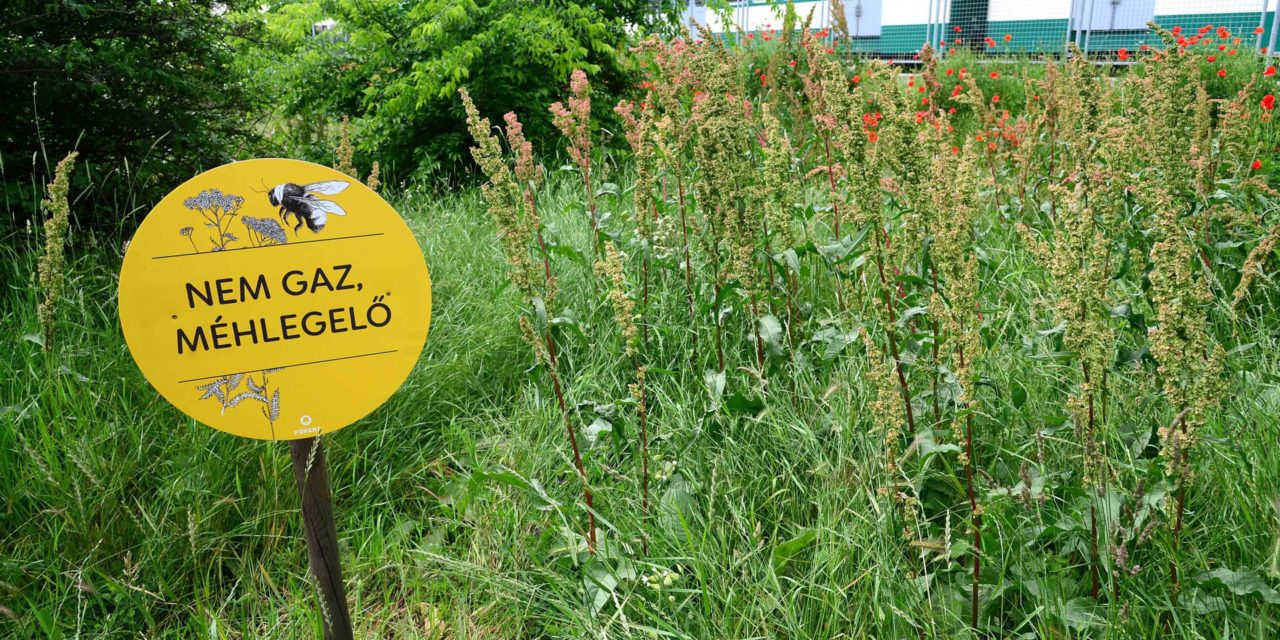Sándor Bardóczi, Budapest's chief landscape architect, came up with another "green idea". Recently, he criticized the landscaping of the capital's cemeteries, and now he went to the property owners of the garden cities. It seems as if he is constantly communicating with the defenders of the trees in the city centre, reads Magyar Nemzet.
Sándor Bardóczi, Budapest's chief landscape architect, used the autumn leaf collection period as an excuse to connect with the people living in the garden city. As usual, the specialist quoted the Facebook post to property owners with a garden. This is what he writes in his post on November 9: "According to analyzes of the satellite infrared photo, the capital's green areas are decreasing most in the private gardens of the garden cities. Major investments here, green field real estate developments there, the decrease in the intensity of green space has mostly affected the "green" districts of Buda and Pest in the last 30 years. One of the typical reasons for this is the gradual construction and covering of the plots: with a larger house, parking lots, garage, outbuilding, pool, terrace, artificial grass. That is, real estate development and resurfacing.
But there is another reason: the decline of gardening. It became inconvenient and time-consuming to collect the foliage, it falls on the parked car, it falls into the pool: it is easier to cut it out.
On the one hand, Bardóczi claims that the capital's green management depends on the installation of gardens, that is, on the property owners, which is indicated by the comment "priority investments here, green field real estate developments there". On the other hand, it expects a new kind of garden care approach from the owners. He recommends that everyone break with the previous practice, that is, collecting and transporting garden foliage, and use it locally instead. "Even if the foliage of the deciduous trees is collected, it often ends up in FKF's green waste bags, i.e. it is removed from the garden. And with this, we deprive our garden of valuable nutrients, making it poorer," he writes.
The announcement does not mention what should be done with the fallen foliage of certain, possibly infected plants, nor what is now essential for many environmentally conscious thinkers: how can we protect living creatures that survive the winter by hiding among the foliage, such as hedgehogs?
They can obviously be in danger even if the garden owner collects the green waste in bags, but one would have expected such a thorough article to at least mention the problem.
In the last six months, Sándor Bardóczi has come up with several ideas in the spirit of the "new green approach" that have either caused astonishment or indignation. Recently, a cemetery in Pest county juxtaposed a photo from the 1930s and one reflecting the current conditions, with this comment: in the first one, "a row of trees consisting of wild chestnuts and lindens planted between the two world wars dominates the picture, which the village elders who are still alive today are proud of ". He wrote about the second picture: "here, the barrenness of the plot among the millions of marble tombstones almost hits you in the chest." From all this, Bardóczi concluded that "we tend to forget that our cemeteries are also an important part of the local green network. It doesn't matter in what direction the faithful depictions of necropolises and polises develop."
So that we don't forget about Gergely Karácsony, who got caught up in a hopeless spiral of lies, the other day the mayor came up with an interesting post:
And the spring and summer months were full of annoyance for the people of Budapest, because the chief landscape architect and his team designated some of the green areas under their care as "bee pastures", meaning that the Main Garden simply did not take care of them.
The inhabitants of the city were outraged by the sight of the unmown areas, and they wondered how many allergenic plants live on them?
So far, the Bardóczis have also announced a number of public brainstorming sessions for the development of city parks (including the likes of Gellérthegy or Népliget, for which government plans are ready), but they have not yet announced what they would do with the collected ideas.
Author: György Kerégyártó
(Header image: Ripost)












